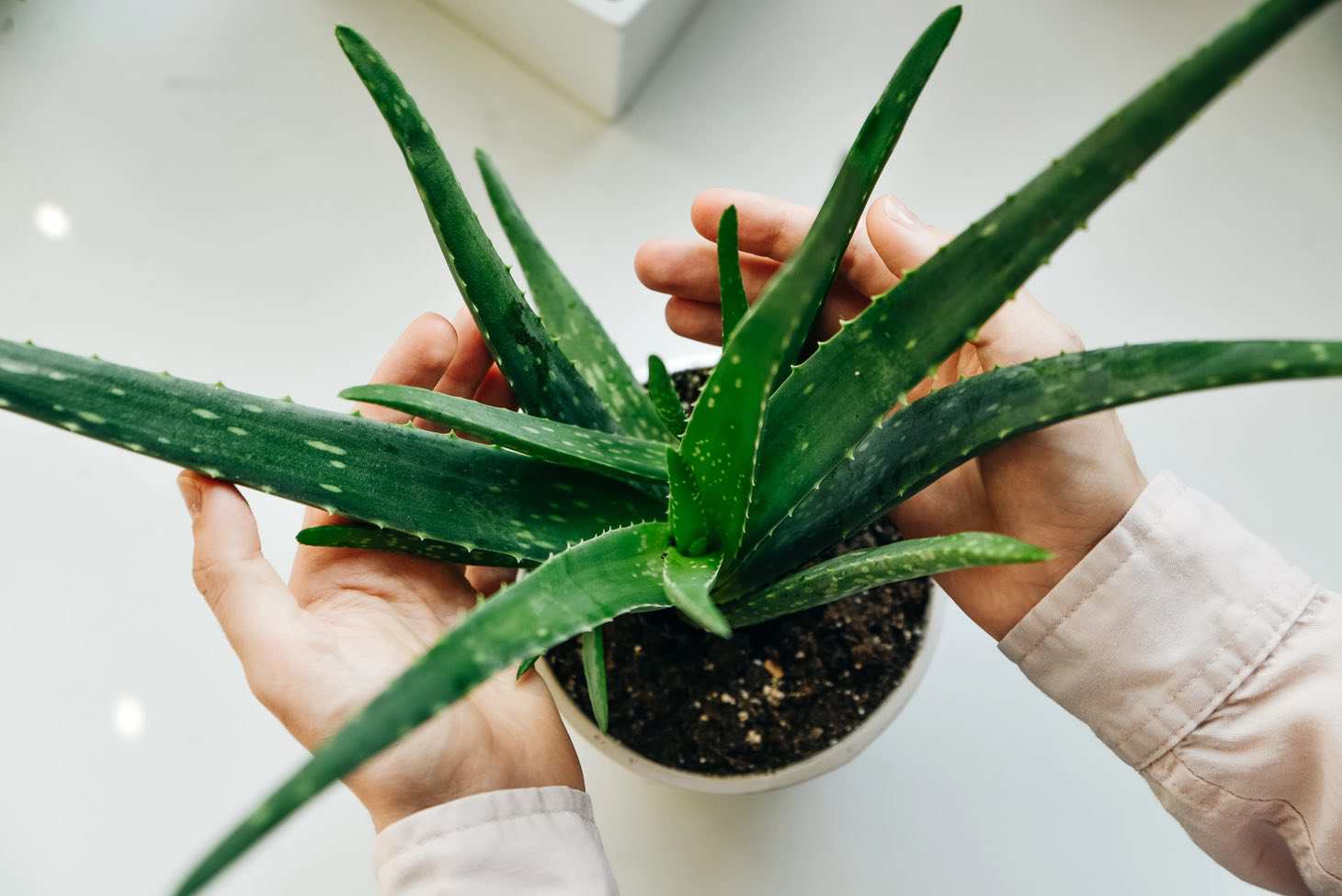Aloe Potting Mix
Growing aloe vera indoors? You’ll need the right potting mix to keep your plant happy and healthy. Aloe vera thrives in soil that drains well and doesn’t hold too much water. The best potting mix for aloe vera is a blend of regular potting soil, coarse sand or perlite, and some coco coir or peat moss (use sparingly).
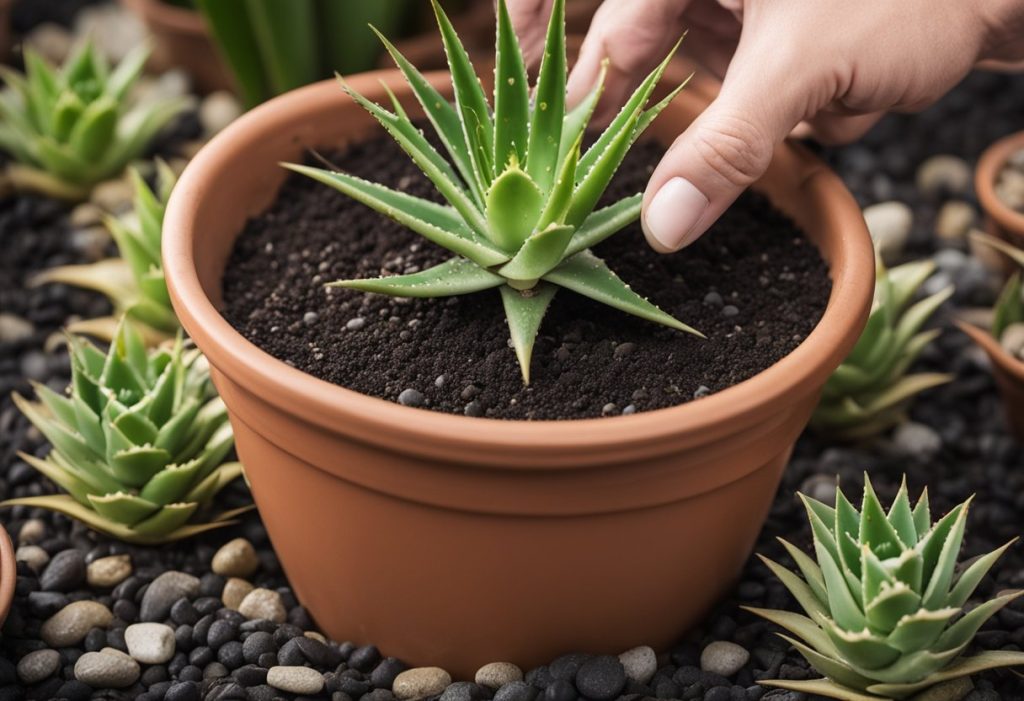
This mix gives aloe vera’s roots the drainage and air they need. You can create your own mix or purchase a pre-made cactus and succulent blend.
While pre-made cactus or succulent mixes are an option, they often retain too much moisture for aloe vera, increasing the risk of root rot. Our specially formulated succulent mix provides the excellent drainage aloe vera needs for optimal growth. Interested in giving it a try?
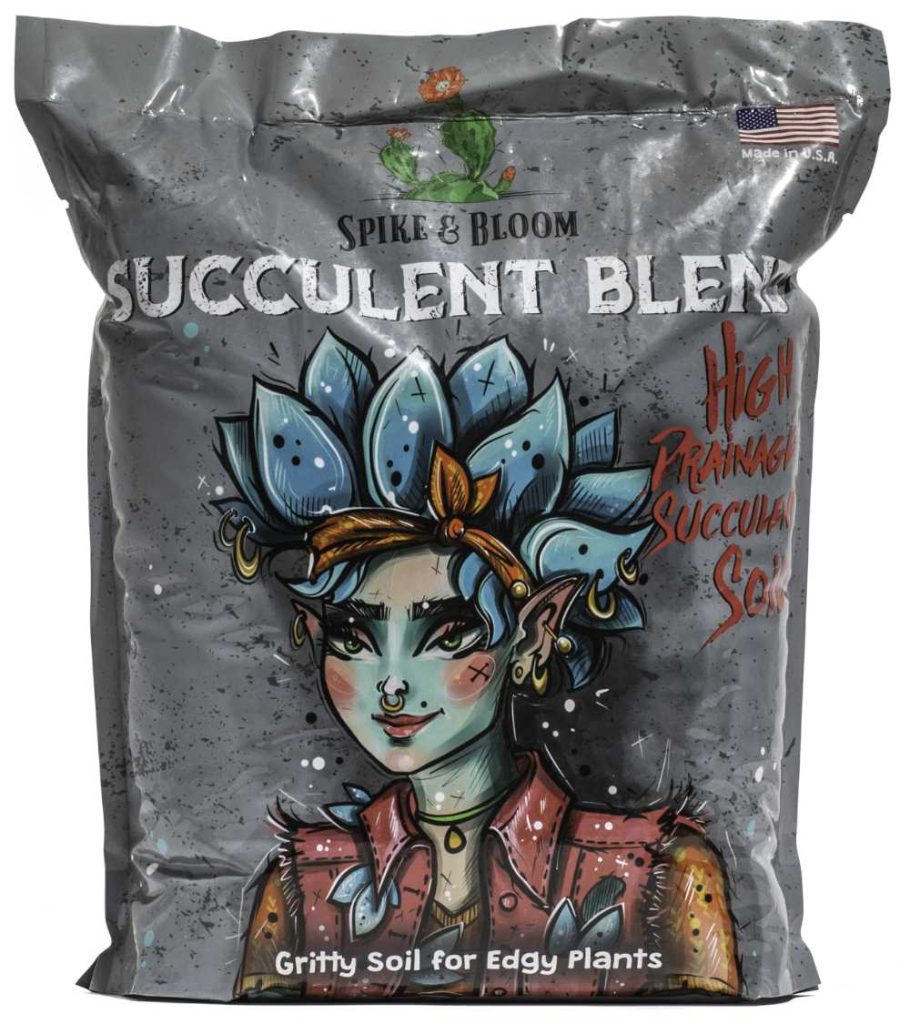
Remember, aloe vera doesn’t like wet feet. A good potting mix helps prevent root rot and other problems. With the right soil, your aloe vera can be a low-maintenance houseplant that looks great and provides soothing gel for minor burns or skin irritations.
Understanding Aloe Vera
Aloe vera is a popular succulent known for its thick, fleshy leaves and healing properties. It’s easy to grow indoors if you know its needs.
Characteristics of Aloe Vera Plants
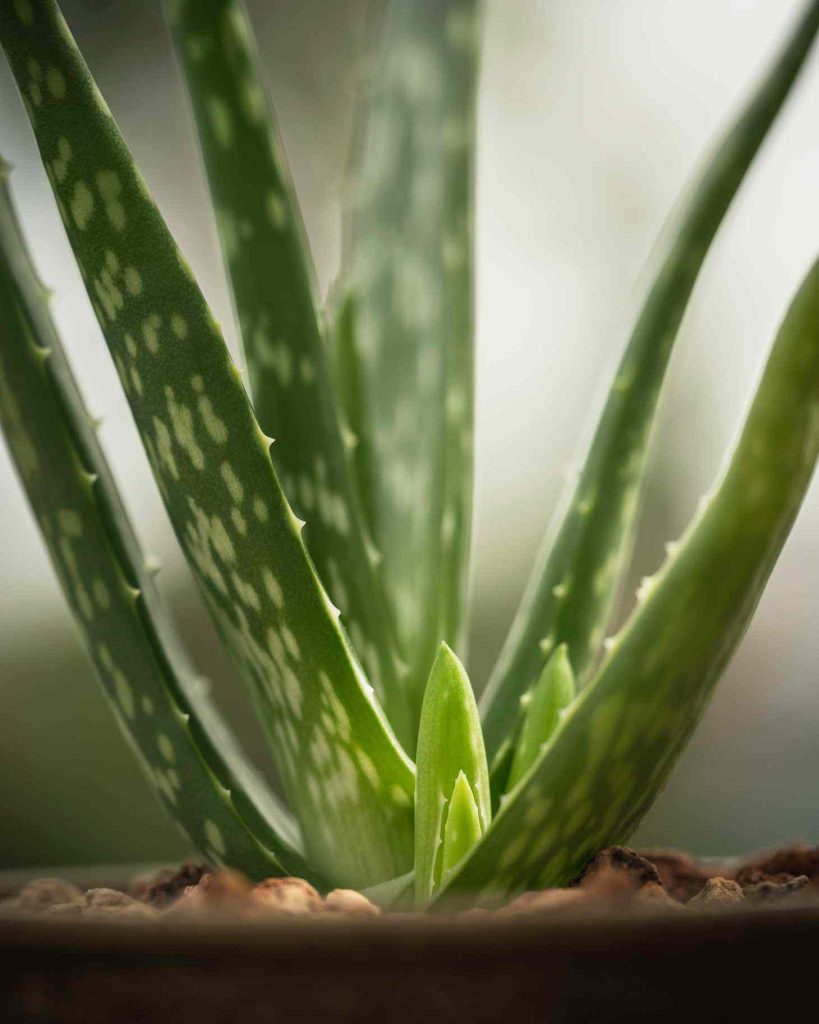
Aloe vera, or Aloe barbadensis, has spiky, green leaves filled with gel. These leaves grow in a rosette shape from a central stem.
The plant can reach 1-2 feet tall and wide when grown in pots. Its leaves have serrated edges and may have white spots.
Aloe vera is great for beginners. It’s tough and can survive some neglect. The gel inside its leaves is used for skin care and health benefits.
Growth Requirements
Aloe vera needs bright, indirect light to thrive indoors. Placing it near a suitable window is recommended.
Water your aloe sparingly. Let the soil dry out completely between waterings. In winter, water even less.
Use a well-draining potting mix made for succulents. Regular potting soil holds too much water and can cause root rot.
Aloe prefers warm temperatures between 55-80°F (13-27°C). It can’t handle cold or frost.
Repot your aloe every 2-3 years or when it outgrows its container. Use a pot with drainage holes to prevent water from sitting at the roots.
Components of Aloe Potting Mix
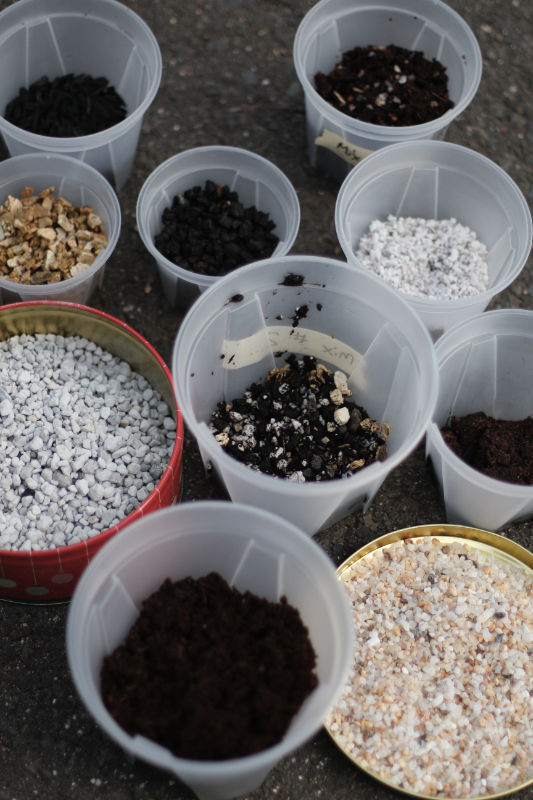
A good aloe potting mix needs materials that allow air and water to flow freely. You’ll want to combine ingredients that promote both aeration and drainage for healthy aloe plants.
Key Ingredients for Aeration
To keep your aloe’s roots happy, add perlite or pumice to the mix. These light, porous materials create air pockets in the soil. Coco coir is another great option. It’s eco-friendly and helps soil hold just enough moisture without getting soggy.
Orchid bark or small lava rocks work well too. They prevent the soil from compacting over time. This keeps oxygen flowing to the roots.
Mix equal parts potting soil, perlite, and coarse sand. Or use a well-draining mix that includes 2 parts cactus mix, 1 part perlite, and consider adding 1 part coarse sand for improved drainage.
Importance of Drainage
Aloes hate wet feet, so drainage is key. Coarse sand is perfect for this. It allows excess water to flow through quickly. Mix it with potting soil to create a gritty texture.
Pumice or lava rock work double duty. They improve both aeration and drainage. These materials have tiny holes that hold some water but let the rest drain away.
Remember, a well-draining mix is crucial for aloe. It allows the soil to dry out between waterings, preventing root rot and keeping your aloe healthy.
Creating the Perfect Mix
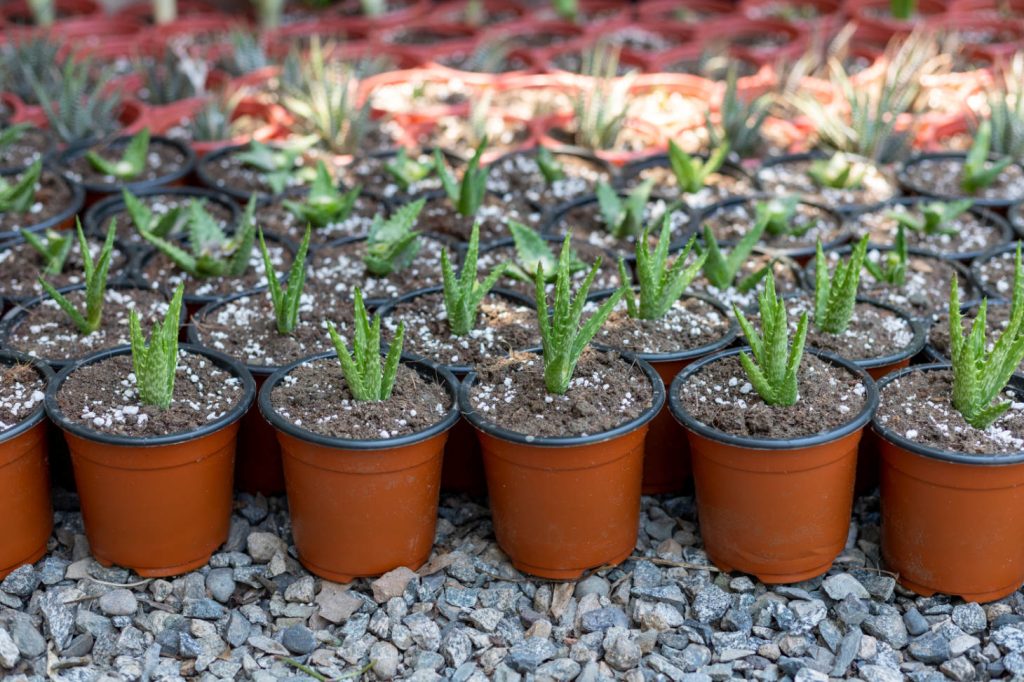
Making your own aloe vera potting mix gives you control over the ingredients and pH levels. You can customize the soil to meet your plant’s needs and ensure optimal growth.
DIY Aloe Vera Potting Soil
To create the best soil for aloe vera, mix equal parts potting soil, coarse sand, and perlite. This blend provides good drainage and aeration, which aloe plants love. You can also add a small amount of compost for nutrients.
Coarse sand helps prevent water from pooling around the roots. Coco coir holds moisture without getting soggy. Perlite keeps the mix light and airy.
Balancing pH Levels
Aloe vera prefers slightly acidic to neutral soil. Aim for a pH between 6.0 and 7.0. You can test your mix with a simple pH meter or strips from a garden store.
If your soil is too acidic, add some garden lime to raise the pH. For soil that’s too alkaline, mix in some peat moss or sulfur.
Remember, it’s easier to start with a neutral mix and adjust from there. Most commercial potting soils fall in the right range for aloe vera.
Always water your aloe plant sparingly. Even with the perfect soil mix, too much water can harm your plant.
Potting and Repotting Procedures
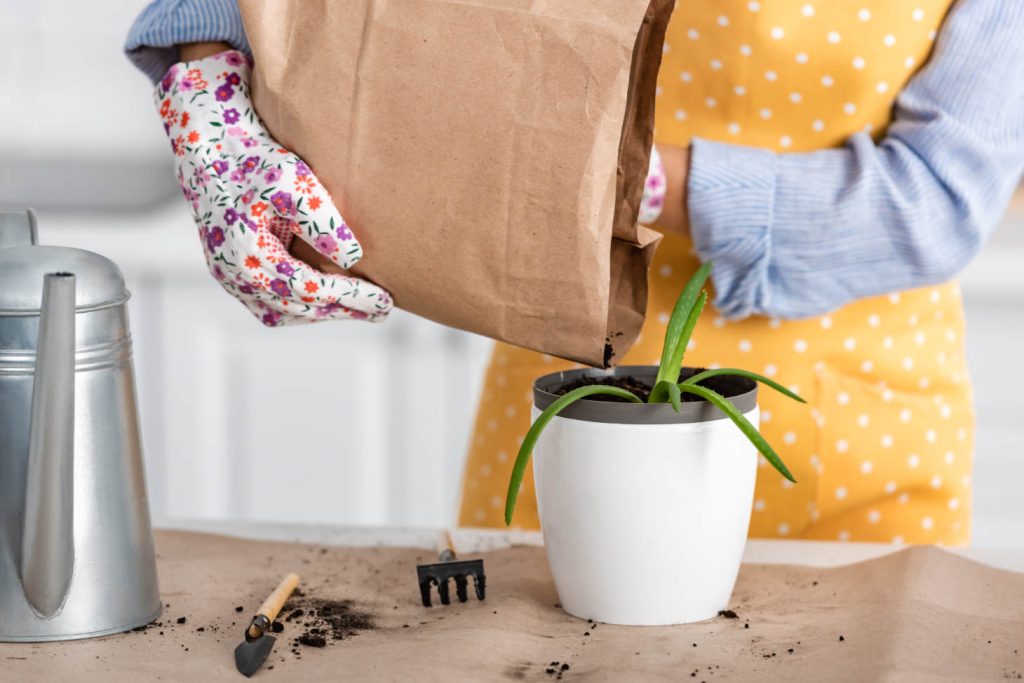
Aloe vera needs the right container and potting method to thrive. Let’s look at how to choose a pot and repot your aloe plant step-by-step.
Choosing the Right Container
Pick a pot that’s slightly bigger than your aloe’s root ball. A 2-inch increase in diameter is perfect. Terra cotta pots work great for aloe vera. They let the soil dry out between watering.
Make sure your pot has drainage holes. This stops water from sitting at the bottom. A shallow, wide pot is better than a deep one. Aloe roots spread out rather than grow down.
For aloe pups, start with a 4-inch pot. As your plant grows, you can move up to larger sizes.
Repotting Aloe Vera Step-by-Step
Start by gently removing your aloe from its old pot. Brush off extra soil from the roots. Check for any unhealthy or rotting roots and trim them off.
Fill your new pot about 1/3 full with succulent mix. Place your aloe in the center. Add more soil around the sides, pressing lightly. Leave about an inch of space at the top.
Don’t water right away. Wait a week to let any root damage heal. Then, give your aloe a good drink. Place it in bright, indirect light. Your repotted aloe will soon settle into its new home!
Maintaining Healthy Aloe Vera
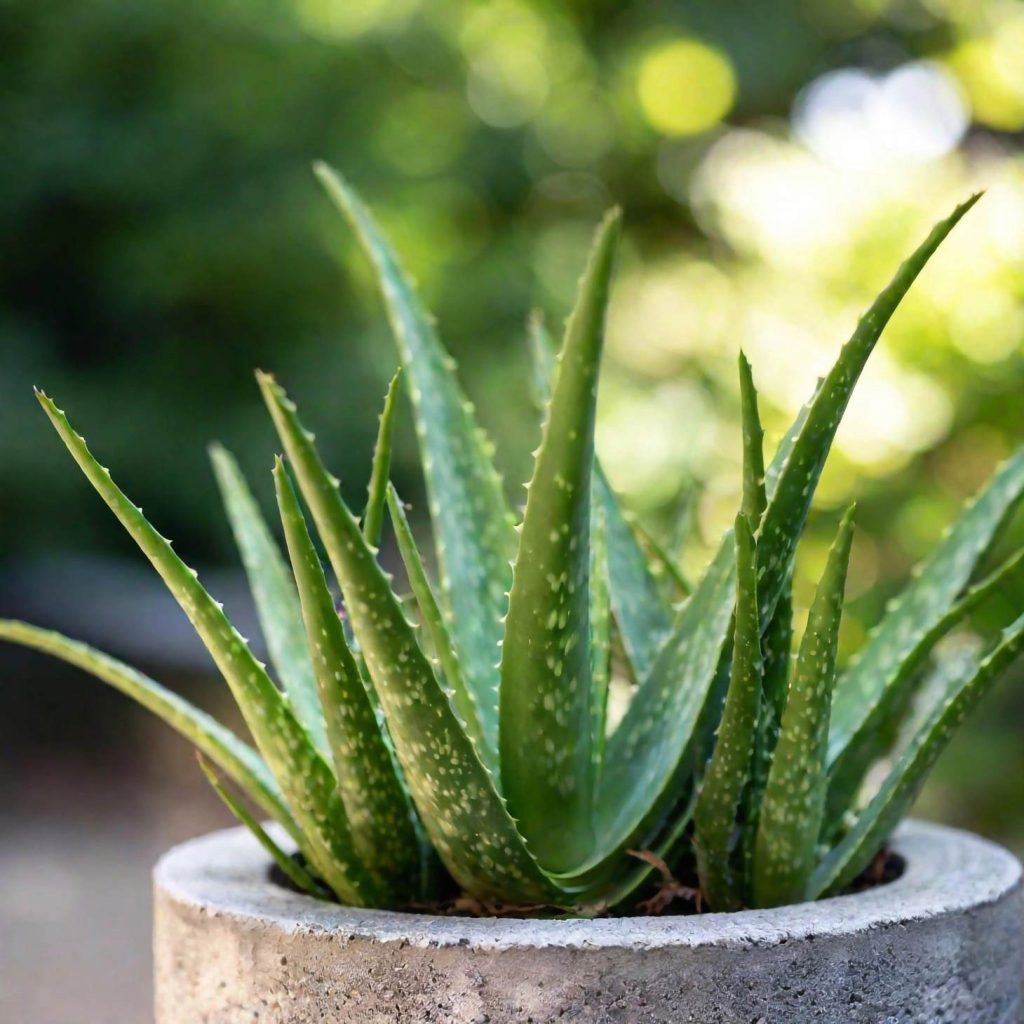
Keeping your aloe vera plant happy requires proper watering and quick action if problems pop up. Let’s look at how to water your aloe correctly and fix common issues.
Watering and Moisture Control
Water your aloe vera sparingly. These plants don’t need much water to thrive. Only water when the soil feels dry about 2-3 inches deep.
Pour water slowly until it drains from the bottom of the pot. Empty the drainage tray right away. Don’t let your aloe sit in water.
Aloe vera typically needs water every 1-2 weeks during the growing season and may only need water every 3-4 weeks during the winter dormancy period.
Too much water can cause root rot. This kills aloe plants fast. If the leaves look mushy or yellow, you may be overwatering.
Addressing Common Issues
Yellowing leaves often mean too much water. Cut back on watering and make sure your pot drains well.
Brown, dry leaf tips could mean not enough water. Water a bit more, but don’t overdo it.
Soft, mushy leaves point to root rot. Take your aloe out of its pot. Cut away any mushy, brown roots. Repot in fresh, dry soil.
If your aloe looks stretched out, it needs more light. Move it to a sunnier spot.
Pests like mealybugs can attack aloes. Wipe them off with rubbing alcohol on a cotton swab.

